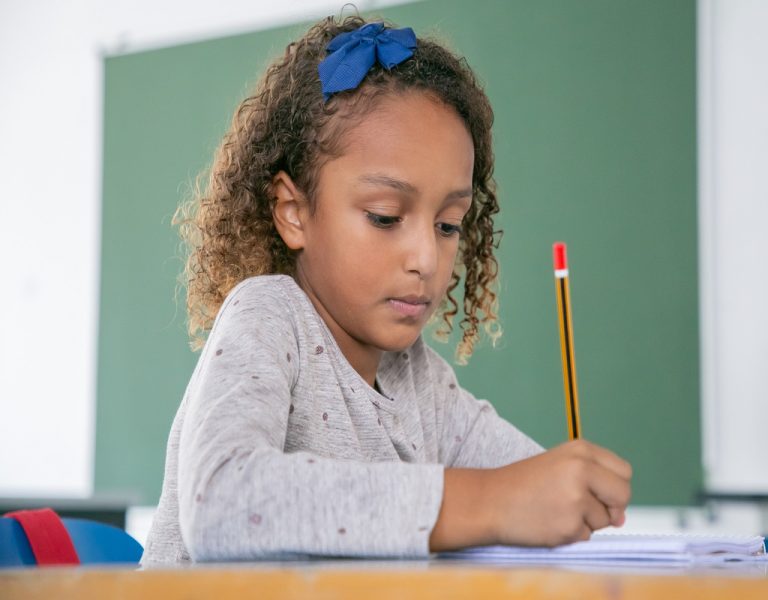6 Must-Haves for Your child's writing tool kit
Explore the essential items for your child’s writing toolkit to boost creativity and achieve writing success.

By introducing your child to these essential tools, you’ll be providing them with the resources they need to develop their skills and confidently express their ideas.
Whether your child is crafting their first short story or working on a longer project, having the right tools can help them stay focused, organised, and inspired.
In addition to the pencils, pens or other writing equipment, without which you wouldn’t be able to physically write anything, there are some other items that are generally overlooked by many. These items are just as crucial and should always be to hand when your child sits down to write.
Crafting a creative piece involves varying your use of words, using powerful, thoughtful and moving expressions and descriptions. These can not be plucked from thin air nor can they be conjured up at a moment’s notice – especially not in children. So their inspiration has to be got from somewhere and where better to get it from than the first two items below.
Dictionary
Why: A child-friendly dictionary helps them learn new words, spellings, and meanings, enriching their vocabulary.
Thesaurus
Why: A thesaurus introduces them to synonyms and antonyms, helping to expand their vocabulary and making their writing more varied and interesting.
The next 4 items are just as crucial because they act as guides or reminders for what needs to be included in your child’s creative piece:
1. Sentence Starters
Why: A list of sentence starters or openers can help children overcome writer’s block and add variety to their writing. It encourages them to begin their sentences in different ways, making their writing more engaging.
2. Editing Checklist
Why: A simple checklist can guide your child through the process of reviewing their work, focusing on spelling, punctuation, grammar, and sentence structure. This tool helps them develop self-editing skills and improves the quality of their writing.
3. Personal Word Book
Why: A small notebook where kids can record new words they learn, along with their meanings and how to use them in a sentence. This personalised dictionary helps reinforce learning and gives them a sense of ownership over their vocabulary growth.
4. Story Planning Templates
Why: Templates for planning a story’s beginning, middle, and end will help your child structure their narratives. These can include prompts for character development, setting, conflict, and resolution, making it easier for them to organise their ideas before they start writing.
As time goes on, your child will become more confident and less reliant on some of these items. However, it is good practice to always have a writing toolkit as this is how the greats do it!
Useful Links
Contact
hello@timelinetutorials.com 020348811957
Kinetic Business Centre, Borehamwood WD6 4PJ
Subscribe Now
Don’t miss our future updates! Get Subscribed Today!
©2024. Timeline Tutorials All Rights Reserved.